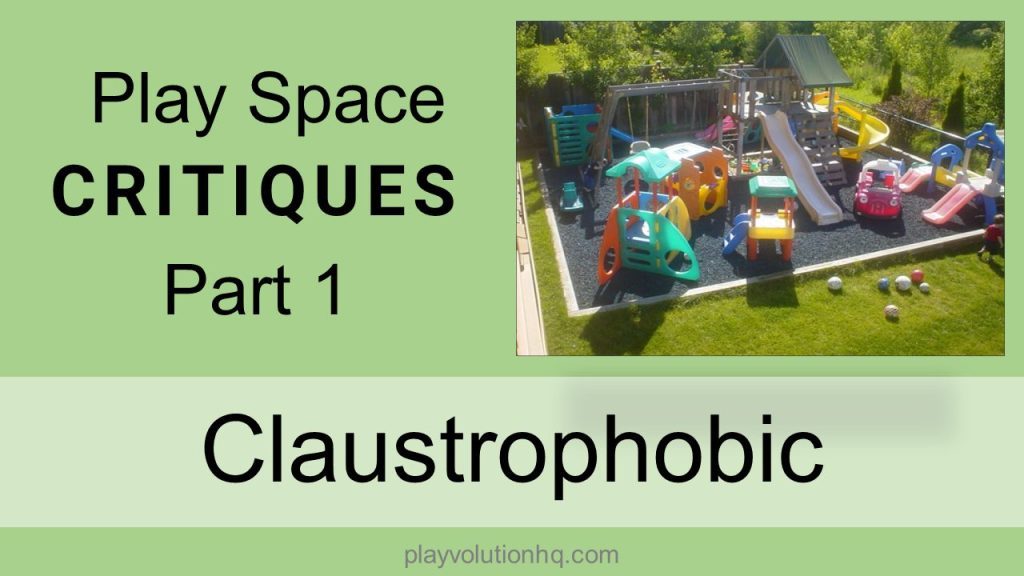
We’re starting a series of posts critiquing photos of play spaces we bump into on the interwebs, snap ourselves, or that readers send our way (Reach out if you want to share some photos). We’re starting with some images of claustrophobic play spaces. The plan is to bring fresh eyes to the good, bad, and ugly play environments we stumble upon. We’ll highlight what works, note what could be improved, and try to make a joke now and then. Expect posts biased towards child-led play and activity, because that’s just the way we roll here at Playvolution HQ.
Each post will look at 4-8 images–there will usually be a theme.
Today’s theme: Claustrophobic Outdoor Play Spaces.
It seems these spaces were put together by people who really, truly care about children, and the easiest way for them to express it is to pack in the stuff: I care about you so much that I’m giving you all I can!
The result? Densely packed, claustrophobic spaces without much room to move. Another thing these play spaces have in common is that they’re visually loud. So many primary colored molded plastic structures packed so close together can be visually overwhelming, especially for kids with high sensory sensitivity. Let’s look at some photos:
See what we mean? The space is LOUD and there’s no place to roam. Getting rid of half the stuff would both reduce the visual noise and open up space for running, rolling, hauling, jumping, spinning, and all the other developmentally necessary whole body activity kids need.
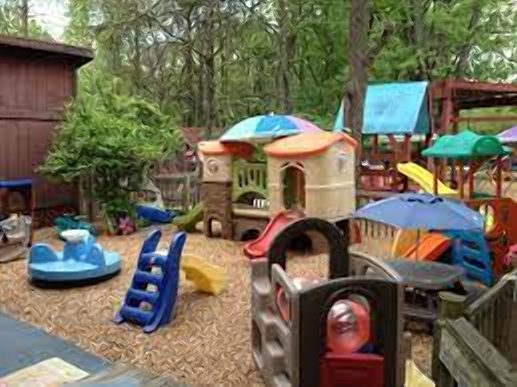
We’d rather be in those woods in the back. Providing lots of options can FEEL better than providing only one or two things. We wonder if there’s a better way to configure these spaces (one structure for being IN, one for being ON TOP OF, etc, instead of several of each?)
The bit of lawn in the lower right of the image indicates that there might be a wide open space for all that whole body play we yapped about above, but the play space pictured is still claustrophobic. Also, visually LOUD–even the mulch yells at your eyeballs.
The meadow looking area on the other side of the fence feels much more calming–inviting–that’s why many programs embrace a more naturalistic approach to play space design.
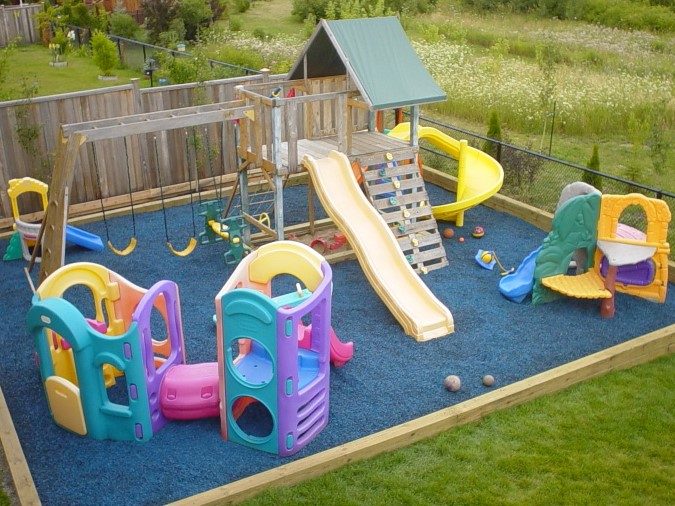
The slide in the back left is very close to those swings–there’s a black eye or bloody lip in someone’s future.
Fast-forward a few years. The meadow looks even more inviting, the molded plastic playthings have procreated, and space is even more cluttered and claustrophobic. At least the sun has faded the mulch.
Claustrophobic play spaces also make it hard to keep an eye on the kids–there are three small children in this photo. Can you find them?
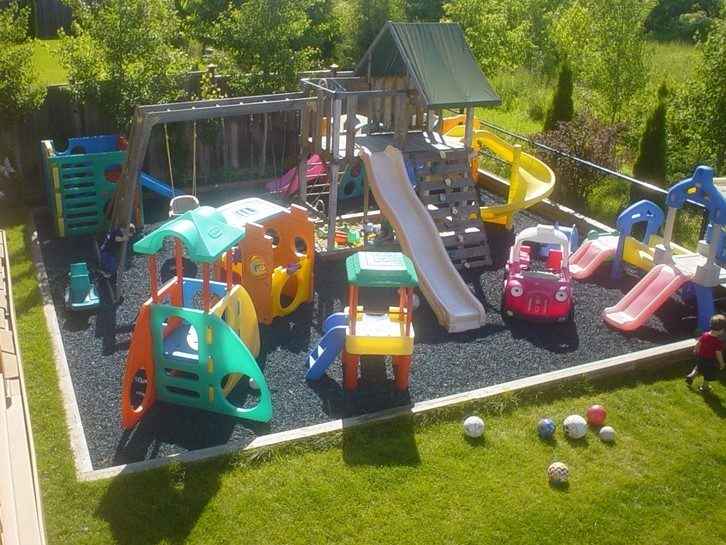
For the record, we don’t really think the molded plastic playthings procreated. We think it happened like this:
–Hey Kathy, now that Kim has turned six she really doesn’t use the [insert name of toy here] much. Want it for the playground?
–Sure!
–Great! I’ll drop it off tomorrow.
For the price, the molded plastic playthings tend to be long-lasting and easy to care for–and kids like the stuff. On the other hand, loose parts are inexpensive too, maybe more so.
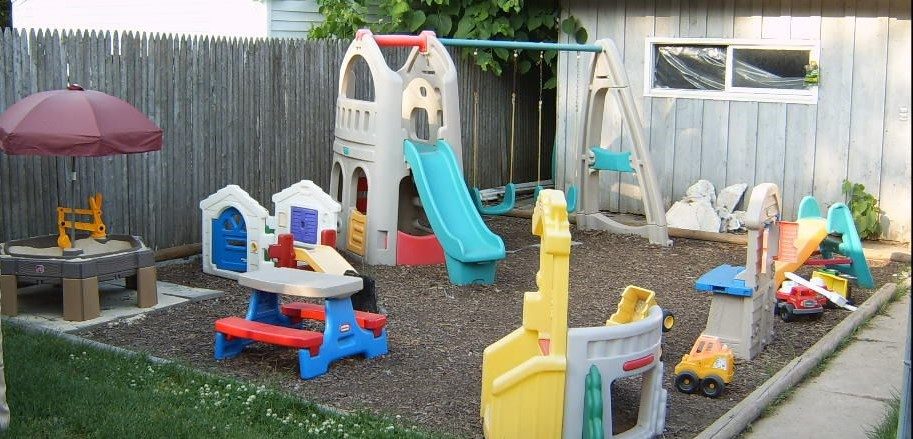
Speaking of loose parts. There haven’t been many in this series of pictures–maybe there’s just not room for them. No old pots and pans, shovels, containers for bugs, chalk, sticks, rope, pine cones, boards… Such things would enhance all these spaces.
The pirate flag is awesome.
This one has fewer plastic structures than the others. And there are some flowers, that’s nice to see.
There’s a…what shall we call it…a Mulch Curb in 4 of the five pictures in this post. They’re a pretty common playground Thing. How often do kids trip on the and end up with a mouth full of mulch?
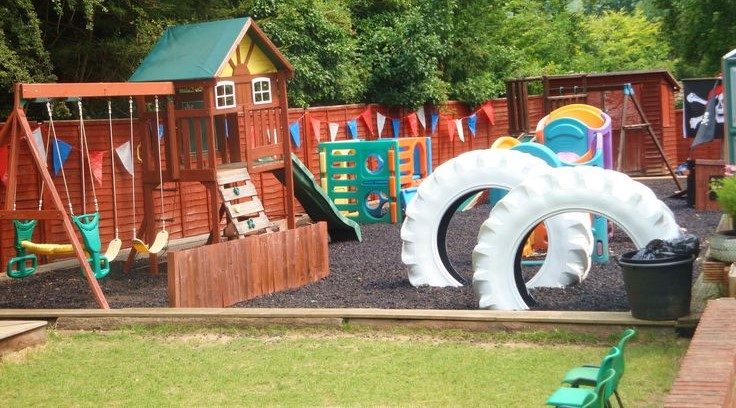
It’s very crowded–claustrophobic. The giant tires are a cool touch, but the one is a bit close to the Mulch Curb. Was the short fence in front of the swings installed because the swingers were kicking too many observers in the crotch?
Claustrophobic Conclusions
These pictures show places that are incredibly manufactured, both in the literal came-from-a-box sense and in the figurative sense that the adult seems to be guiding what kind of play is happening there. None of them are bad, we’re sure kids enjoy them as much as they can. But improvements could be made. Prune some big stuff to create more space and reduce the visual noise. Add some loose parts. It’s take very little time or money and make the spaces more play-friendly.
Have thoughts on the photos–or thoughts on our thoughts? Share them in the comments. You’ll find more play space critiques here.

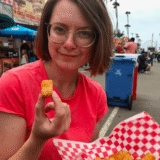
Leave a Reply